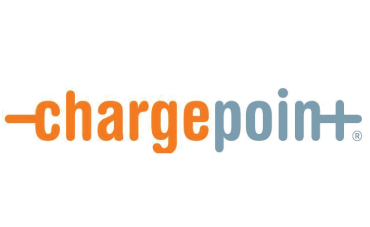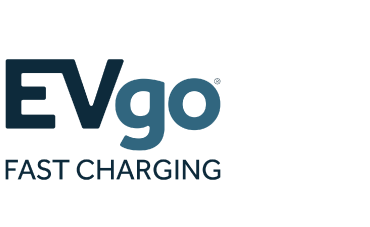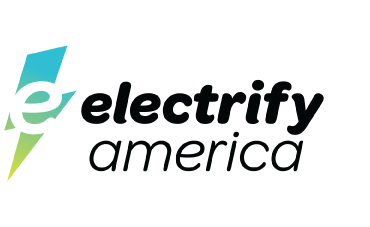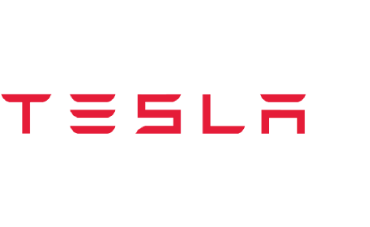EV vehicles now give you the option of never having to stop at a gas station ever again. With an EV, you have multiple options to charge your vehicle through either AC or DC charging.
Typically used for top-up charging at home, work and destinations, there are two types of AC vehicle-side connectors.

| AC Connector type | Typical power ratings | Approx. range per hr charging | Features |
|---|---|---|---|
Type 1 |
|
|
|
Type 2 |
|
|
|
Typically used for en route rapid charging, there are three types of DC car-side connectors. All DC rapid charging stations will have cables with both a CHAdeMO and CCS connector attached and you will simply have to choose which fits to your vehicle socket. To protect the battery, rapid chargers do not consistently charge at their typical power rating.

| DC Connector type | Est. # of charging stations in US | Key manufacturers |
|---|---|---|
CCS/SEA (Combined Charging Station) |
2500 locations, 5500 plugs |
|
CHAdeMO |
2800 locations, 4400 plugs |
|
Tesla |
900 locations, 8600 plugs |
|
There are different charging networks throughout the US.These networks are often referred to as Charge Point Operators (CPO). Each CPO has their own business model, either by charging by the session time or by kWh.
| Chargepoint Operator (CPO) | Average # of locations | Max power | Price |
|---|---|---|---|
Chargepoint |
1,900 DCFC locations | Scalable to 500kW | Set by charge station owner |
EVgo |
700 DCFC locations | Up to 500kW | Set by charge station owner |
Electrify America |
2,000 locations | Up to 350kW | Ranges between $0.25 and $0.99/minute |
Tesla |
900+ locations | Offers "plug and charge" functionality which allows for vehicle/account recognition and payments | |
The future of chargepoints across the US
GM will be partnering with EVgo, adding over 2,700 more DCFC nationwide over the next 5 years. All chargers will be powered by 100% renewable energy to help a zero-emission future.
Once expansion is complete, the EVgo network will be 3x larger than it currently is and will increase the total number of publicly available CCS DCFC by 50%. All chargers will be public and available to drivers of any make/model that use the CCS or CHAdeMO standards.
Home charger installation made easy with Qmerit
Go to the Qmerit website or app and enter your home address. Qmerit will confirm that there are qualified installers in your area.
After answering a few easy questions, you will be able to send in pictures of your installation location to your selected installers to allow for faster and more accurate quotes. Up to three installers will provide a no-cost quote to you.
Once you have selected an installer, you will be able to schedle a time that works best for you. Your installer will take care of everything from pulling permits to helping you choose the charger that is the best fit for your home.
Government and local utilities may offer different incentives to help reduce the cost of EVs and EV chargers.
Different tax credits may be available to you on a federal, state, and local level to help reduce the cost of the purchase or lease of an EV.
To help reduce the cost of EV chargers you may qualify for different rebates, tax exemptions and tax credits.
Many utilities will offer discounted prices based on their time of use.